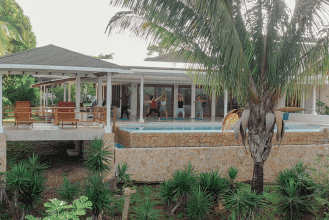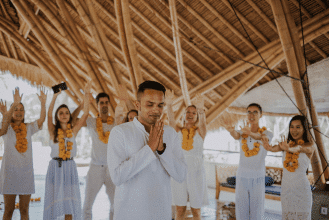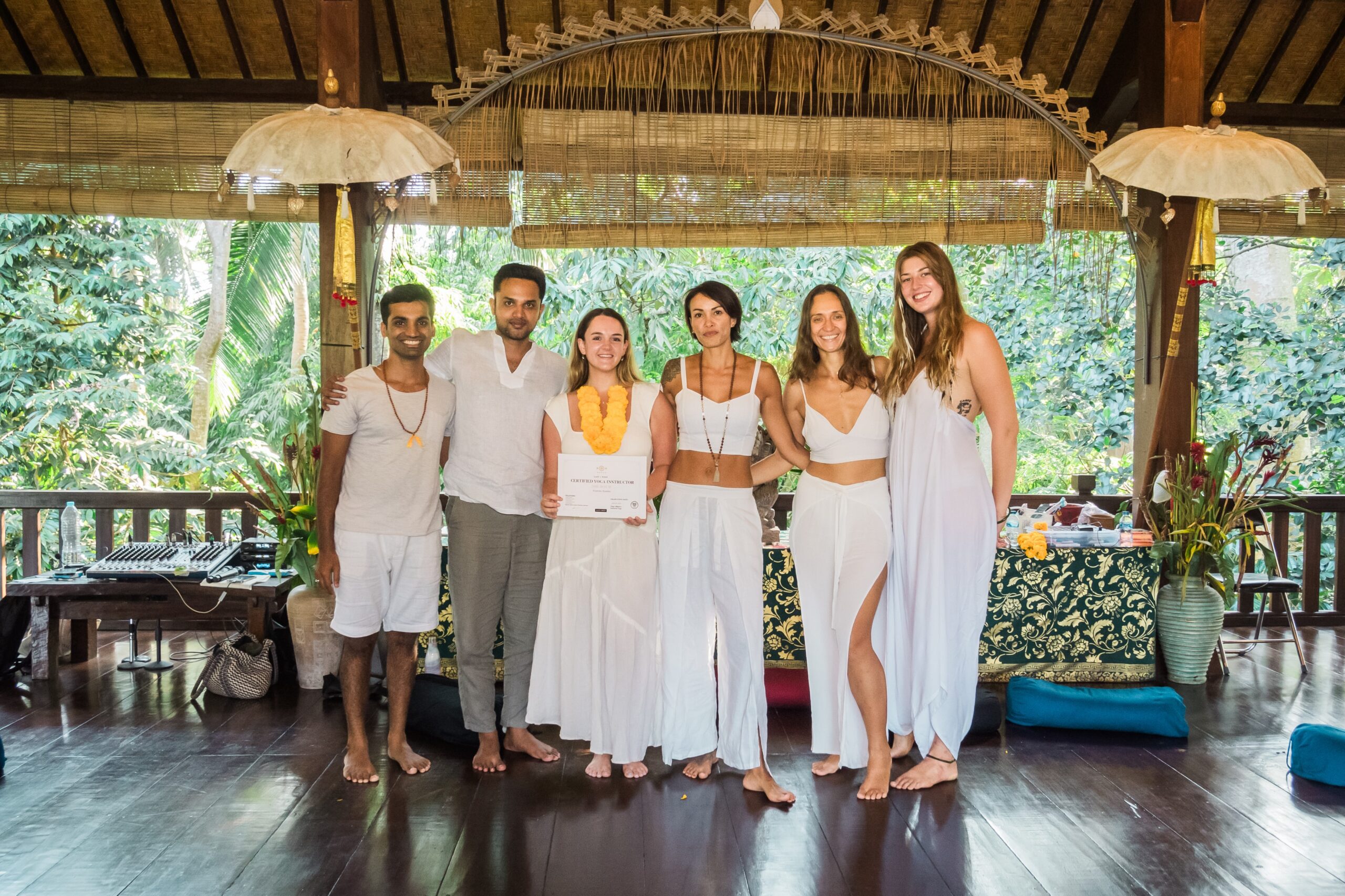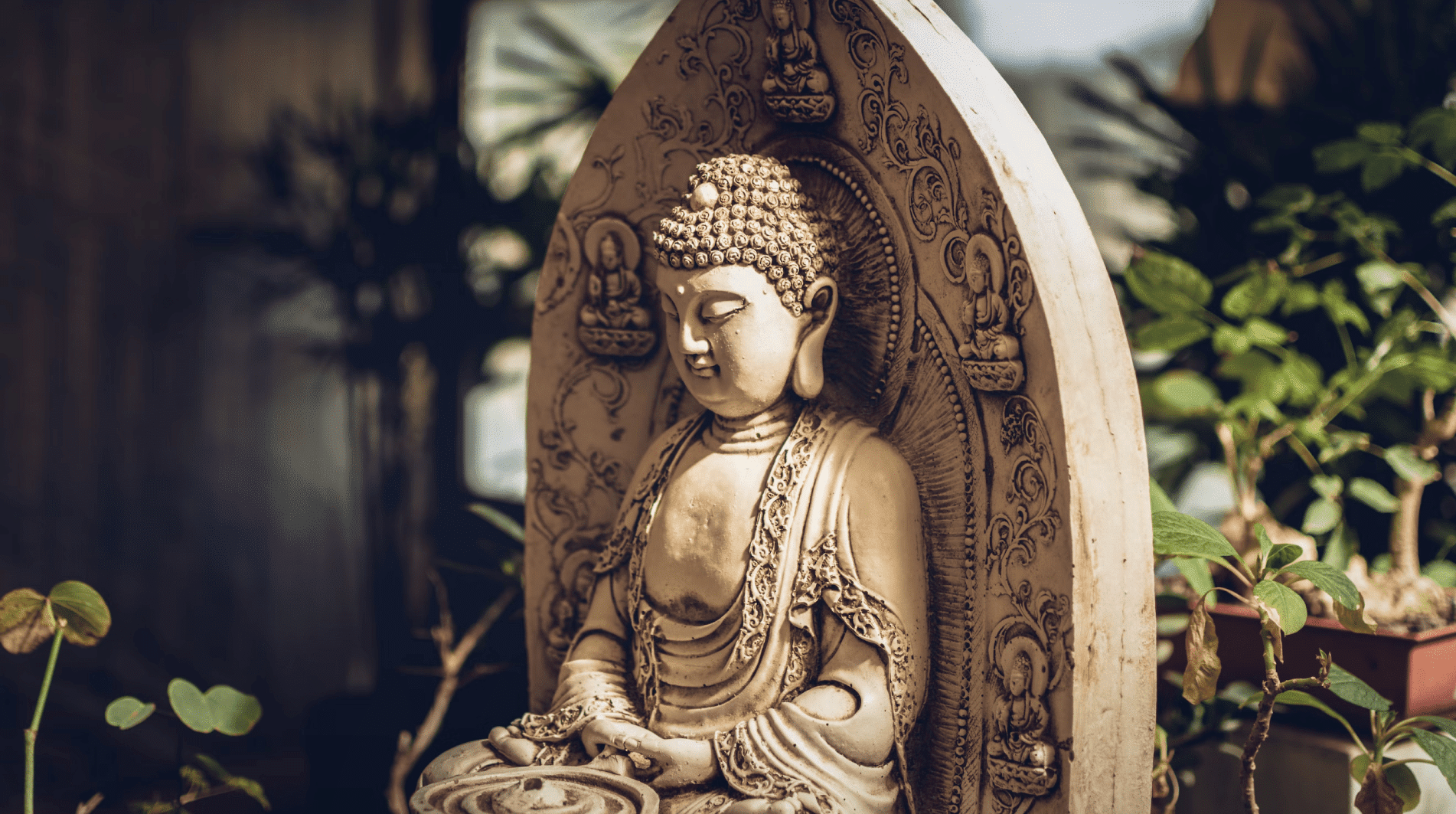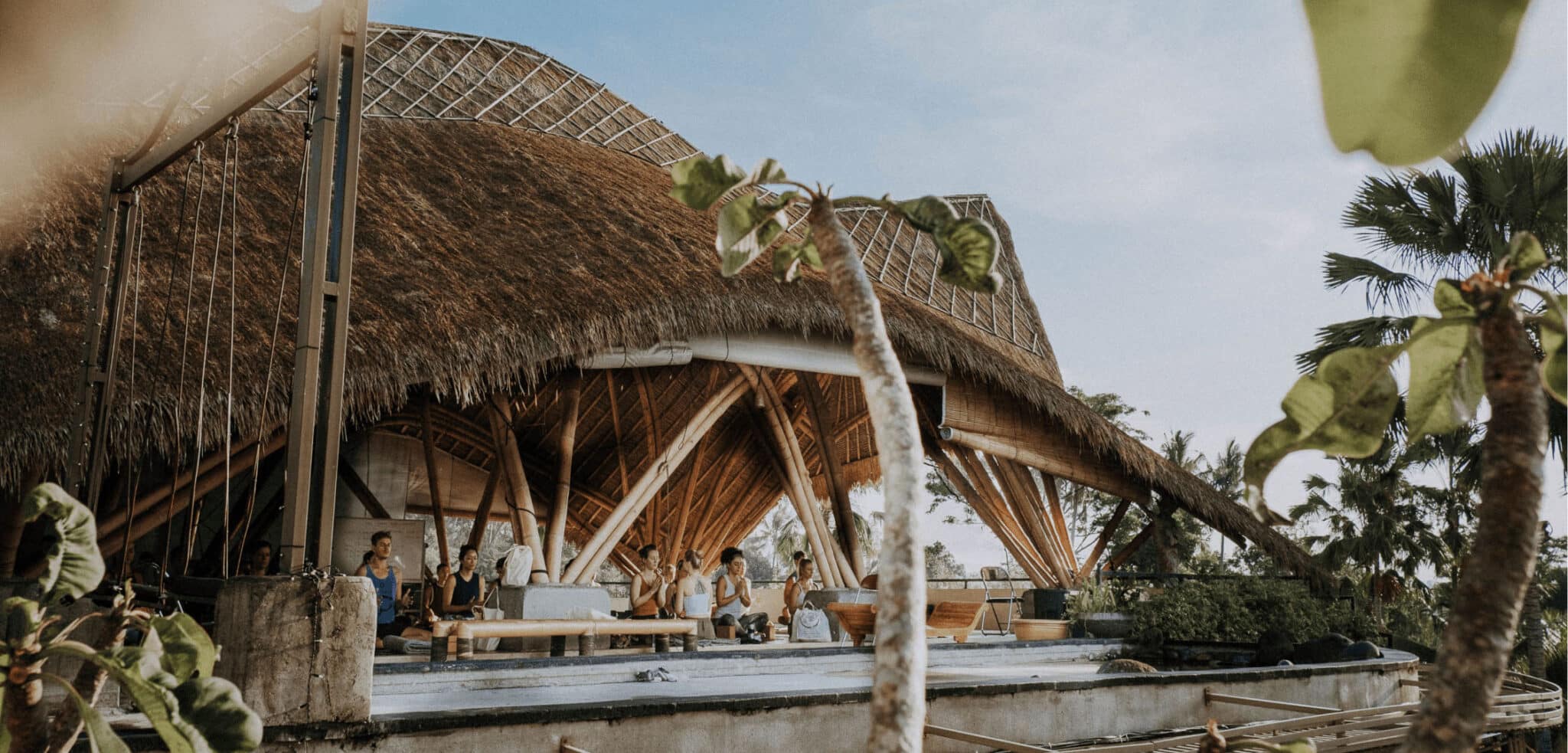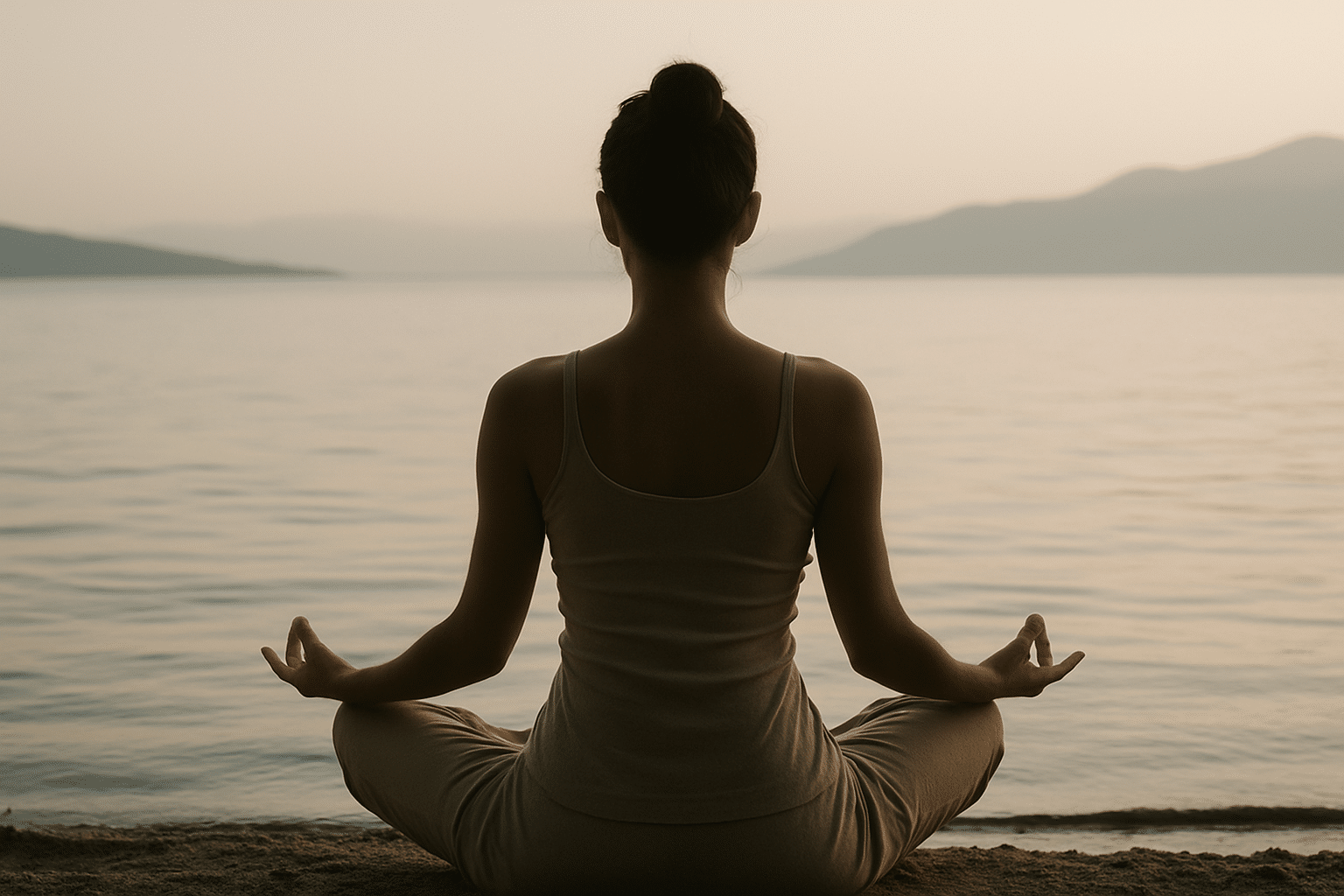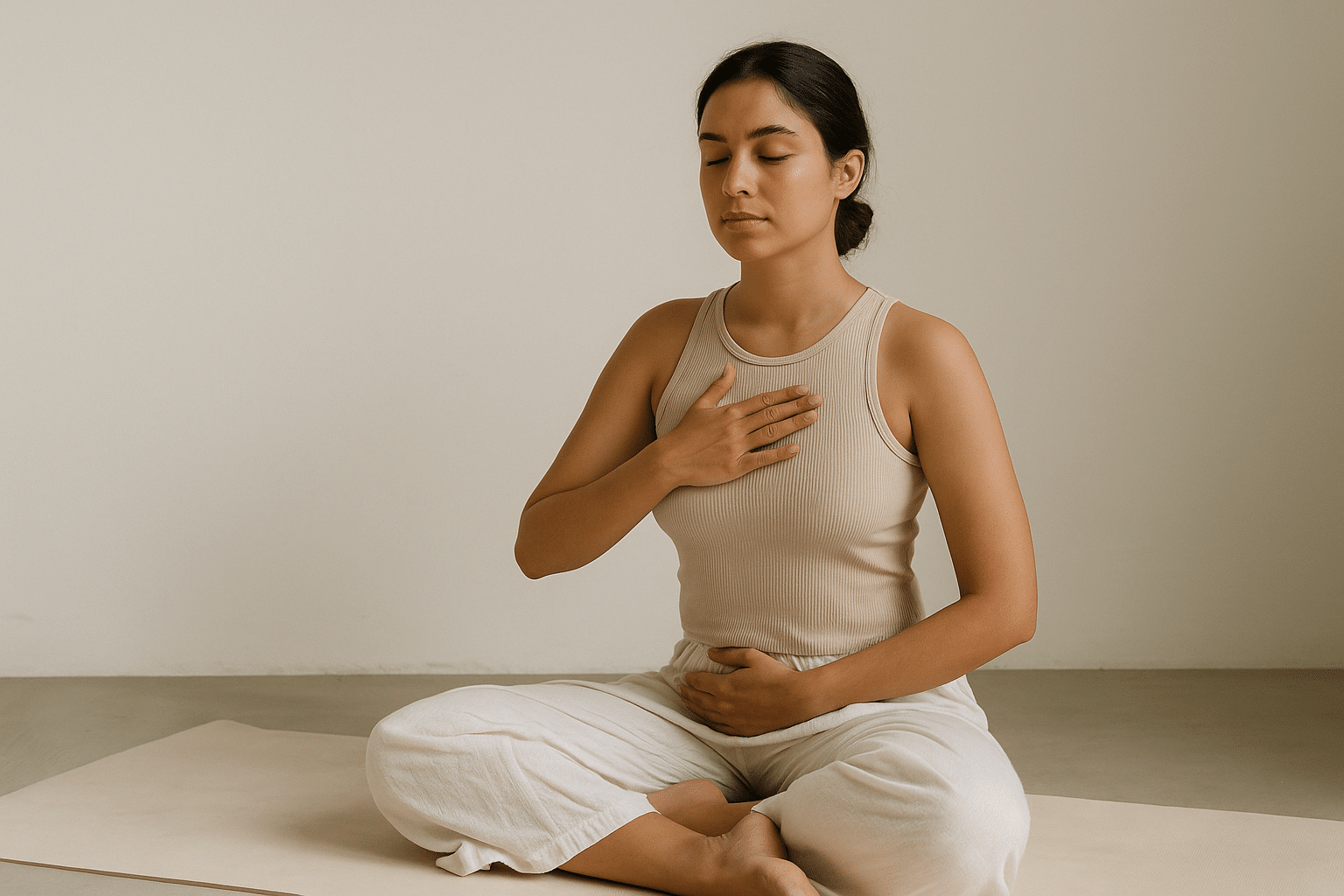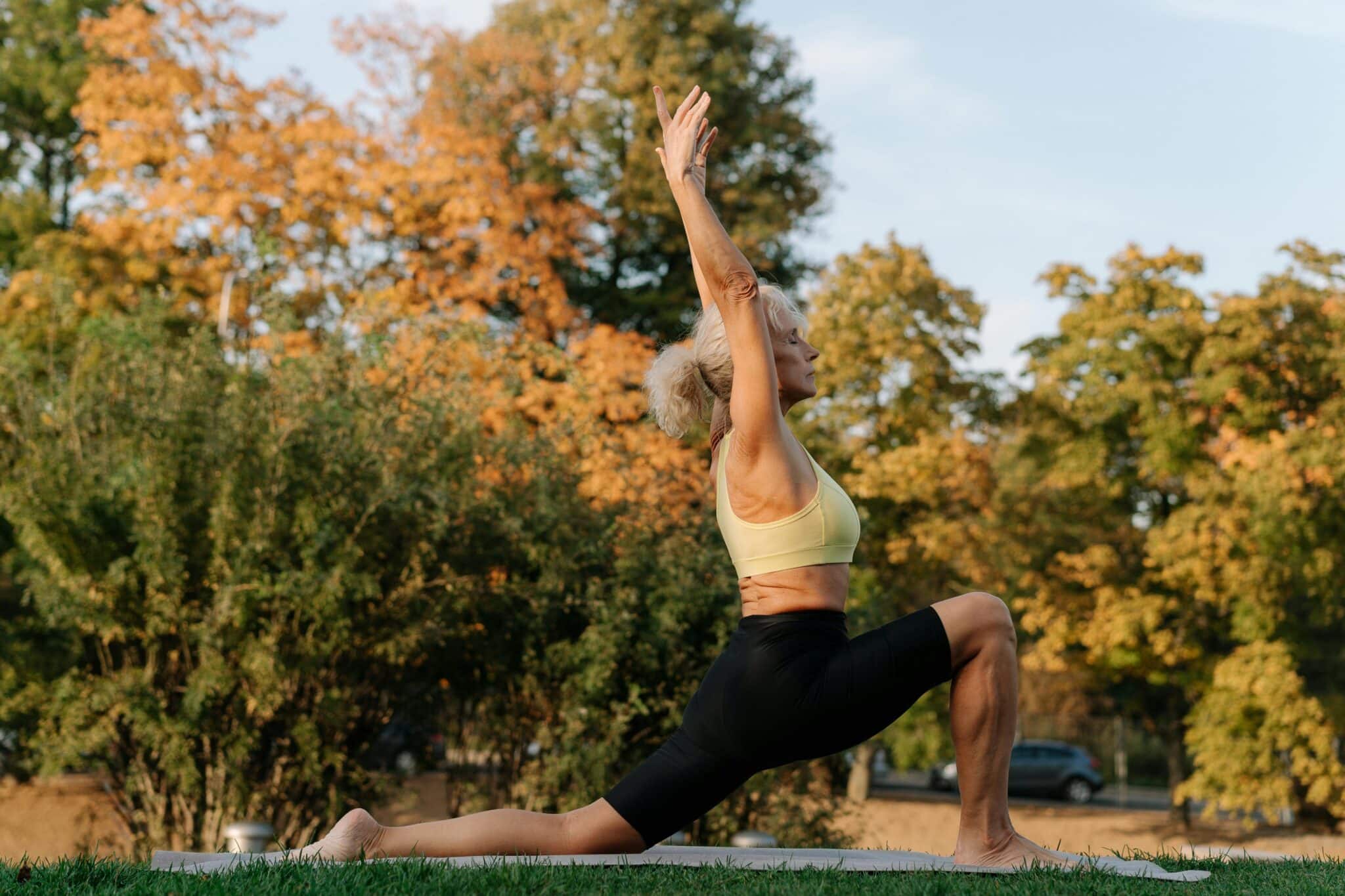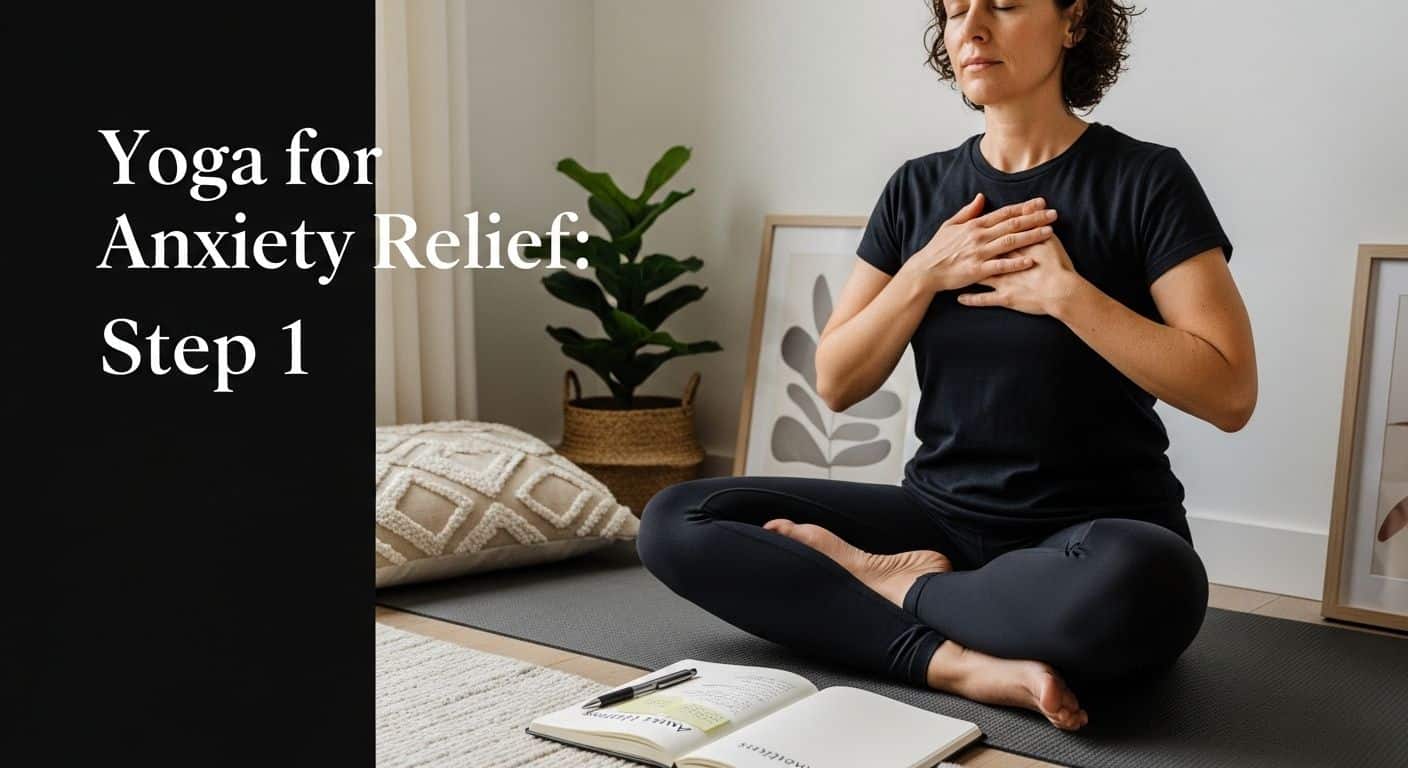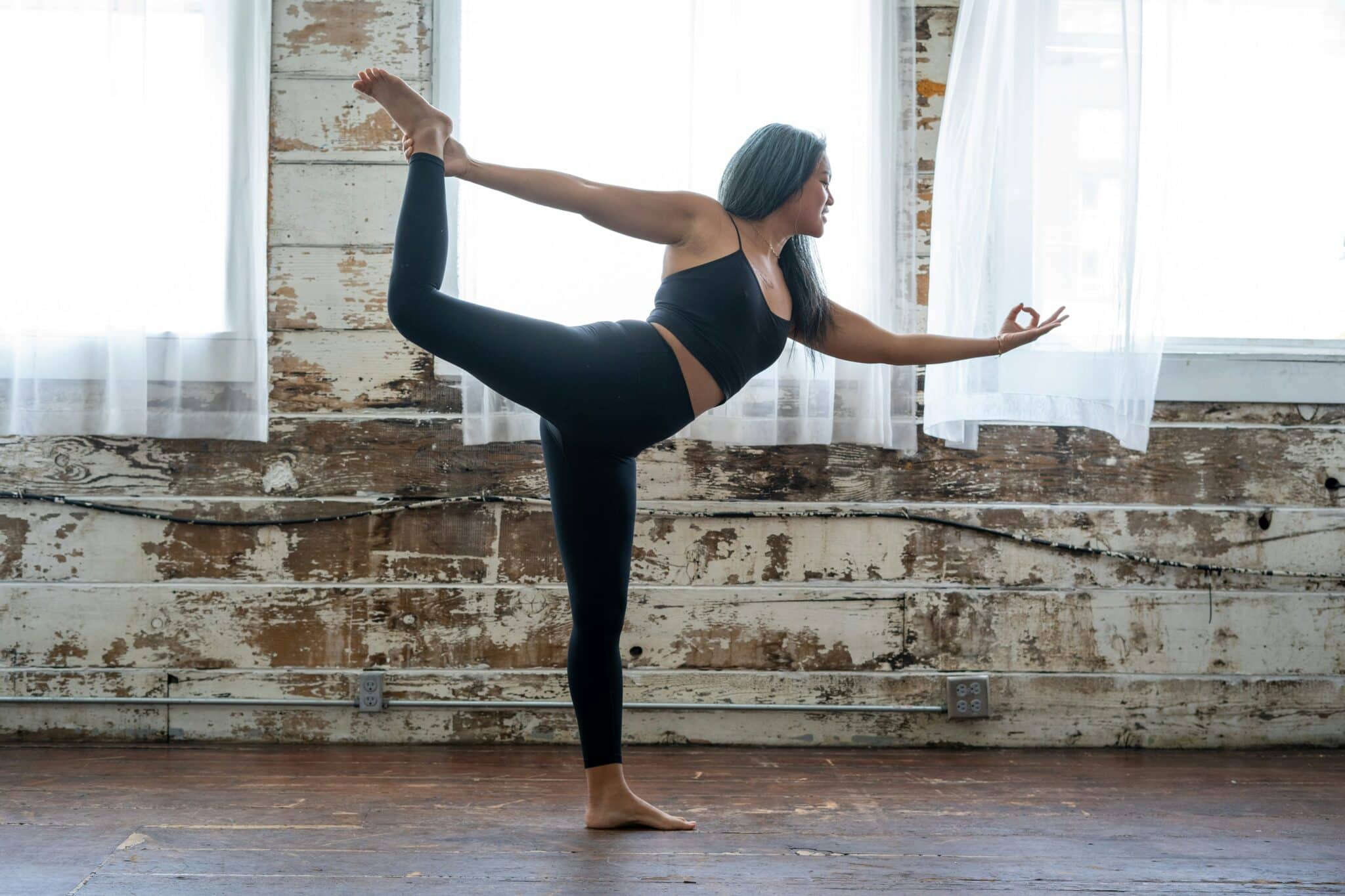
Dancer Pose—also known as Natarajasana in Sanskrit—is named after the cosmic dancer form of Shiva. In Hindu mythology, Nataraja symbolizes destruction, creation, and the rhythm of life. When we step into Dancer Pose, we’re embodying that same blend of strength and grace. It’s one of yoga’s most iconic balancing poses, and it challenges practitioners to stay focused, grounded, and open-hearted.
Physically, Dancer Pose helps build stability, stretch the chest and shoulders, and strengthen the legs. But energetically, it also invites us to move with intention and surrender. Whether you’re working on your first balance poses or exploring more advanced backbends, here’s everything you need to know to master Dancer Pose—from alignment tips to preparatory sequences and creative variations.
Benefits of Dancer Pose
Dancer Pose is a powerful full-body posture with both physical and energetic benefits. On a muscular level, it opens the hip flexors and quadriceps while strengthening the standing leg and ankle. Because it requires balance and focus, it also builds coordination and body awareness.
The lifted chest and extended spine help improve posture and support heart-opening. As you stretch the shoulders and activate the back muscles, you counteract the effects of sitting and hunching. Energetically, it’s uplifting and invigorating. Practicing this pose can leave you feeling clear, confident, and awake. Dancer Pose is also a beautiful tool for cultivating self-trust. Falling out is part of the process. Learning to try again strengthens your resilience.
If you want to dive deeper into this kind of embodied wisdom, East+West’s yoga teacher training in Bali and Costa Rica is a powerful next step.
Dancer Pose for beginners
If you’re new to balancing postures, Dancer Pose is a great place to start. It builds strength, coordination, and confidence. The key is to move slowly, keep your gaze steady, and focus on your breath. You don’t have to go deep into the pose right away. Start with integrity in your foundation and build from there.
Here’s how to do Dancer Pose step-by-step:
- Start in Mountain Pose with your feet hip-width apart and arms at your sides.
- Shift your weight into your right foot, rooting down through all four corners.
- Bend your left knee and reach back to grab the inside of your left foot or ankle with your left hand.
- Keep your knees close together to begin and your hips square.
- Extend your right arm forward, either straight ahead or slightly lifted.
- Inhale as you press your left foot into your hand and begin to lift the leg behind you.
- Tilt your torso slightly forward while keeping the chest open and lifted.
- Gaze at a fixed point to help maintain balance.
- Stay for 3–5 breaths, then gently release and switch sides.
Variations of Dancer Pose
There are several Dancer Pose variations that allow you to customize the posture based on your mobility, experience, and goals. Some deepen the stretch. Others challenge your coordination. Each offers a new way to explore balance and grace.
Revolved Dancer Pose
This variation involves a twist through the torso. Instead of grabbing the foot with the same-side hand, you reach across the body to hold the opposite foot. The backbend remains, but the added rotation builds spinal flexibility and concentration. Revolved Dancer Pose requires core engagement and a steady gaze.
King Dancer Pose
King Dancer Pose is an advanced expression of Dancer Pose. In this variation, both hands reach overhead to grasp the lifted foot, creating a deep backbend and heart opener. This shape requires open shoulders, strong quadriceps, and an engaged core. Using a strap can help you work toward the bind safely.
Standing Bow pose
While similar in shape, Standing Bow comes from the Bikram lineage and emphasizes a forward tilt. In this variation, the chest moves parallel to the floor, and the lifted leg is kicked upward with force. The grip is typically on the outside of the foot, and the pose is held for longer durations in a heated room. Standing bow is more about length and stamina, while dDancer Pose prioritizes lift and heart-opening.

Dancer pose modifications
Modifications can make Dancer Pose more accessible, stable, and supportive—especially if you’re working with limited mobility or balance challenges. These adaptations help you stay safe while still building strength and flexibility.
Dancer Pose with strap
Using a strap is one of the best ways to create space in the shoulders and open the chest without strain. Loop the strap around the arch of your lifted foot and hold the ends in one or both hands. This allows you to work gradually toward deeper variations, like King Dancer, while maintaining proper alignment.
Dancer Pose with a chair
Placing a chair in front of you provides extra balance support. Stand facing the chair and hold the top with one hand. As you lift your back foot and reach for it with your opposite hand, the chair offers a grounding point to steady your body. This is especially helpful for beginners or anyone recovering from injury.
Dancer Pose at the wall
Practicing at the wall is another simple way to stay balanced. Stand sideways near a wall and use your front hand for support. This helps you focus on activating the back body and finding lift without the fear of falling. Over time, you can begin to move away from the wall as your stability improves.
Dancer Pose Yoga Sequence
A thoughtful sequence can make Dancer Pose more accessible and sustainable. To prepare for the balance, backbend, and leg activation required, it’s important to warm up key areas like the hips, shoulders, spine, and ankles. After practicing dancer pose, include counter poses to release tension and restore equilibrium.
Prep poses to build into Dancer Pose:
- Cat-Cow — warms the spine and builds breath awareness
- Low Lunge — opens hip flexors and quads
- Half Split (Ardha Hanumanasana) — lengthens hamstrings
- Warrior III — strengthens the standing leg and builds balance
- Bow Pose — introduces backbending and quad engagement
- Camel Pose — opens the chest and shoulders
- Tree Pose — cultivates stability and focus
- Cobra or Sphinx — activates the back body and warms the spine
These poses help open the front of the body and prepare your muscles for the intensity of Dancer Pose. Try holding each for 3–5 breaths before progressing to the peak.
Counter poses to follow Dancer Pose:
- Standing Forward Fold — lengthens the spine and hamstrings
- Supine Twist — neutralizes the spine
- Child’s Pose — soothes the nervous system and releases the back
- Happy Baby — gently opens the hips and relaxes the lower back
- Reclined Figure Four — stretches the outer hips and glutes
End your Dancer Pose sequence with a few minutes of stillness in Savasana to integrate the benefits of your practice.

